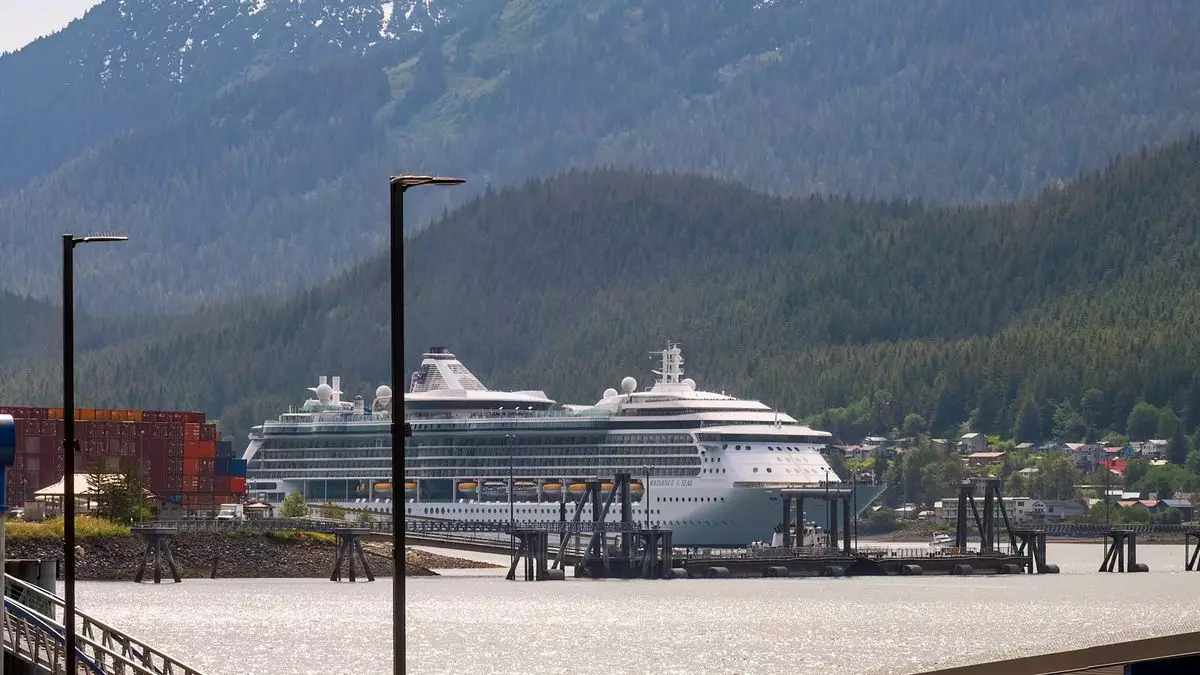In an era where sustainable tourism is becoming increasingly paramount, Juneau, Alaska has taken a significant step by imposing new regulations on cruise traffic. Starting in 2026, this popular port will limit the number of ships to five at any given time, alongside capping day-to-day passenger capacity to approximately 16,000. Such measures have been implemented to combat issues of overtourism which have been exacerbated in recent years. While this might seem like a straightforward attempt to manage capacity, it raises crucial questions regarding the future of cruise lines aspiring to enter this vibrant market.
Major cruise companies like MSC Cruises and Virgin Voyages, which were previously absent from Alaska, are now preparing to make their debut in this competitive landscape. Announcing itineraries for the 2026 season, MSC plans to initiate voyages from Seattle, featuring destinations such as Ketchikan, Juneau, and Icy Strait Point. Virgin Voyages, known for its innovative approach to cruising, is set to introduce new routes which will include stops in Sitka, Johnstone Strait, and more. This adaptability showcases the industry’s resilience, but it also stirs concern about whether these new entrants will successfully navigate the more tightly regulated environment.
Concerns for Industry Stability
While existing cruise lines have secured long-term berthing agreements that provide them a safeguard against sudden shifts in capacity, newcomers to the Alaskan cruise market may find themselves at a disadvantage. Robert Morgenstern, Carnival Corp.’s senior VP of Alaska operations, highlighted the uphill battle awaiting these new players. According to him, without established agreements, accessing prime docking spaces may become increasingly challenging. This potential bottleneck could deter companies from entering the market altogether, which might ultimately limit consumer options.
Spotlight on Regional City Capacity Initiatives
Moreover, Juneau is not the only city evaluating strategies to control cruise traffic. Other regions, such as Sitka, are contemplating similar restrictions to protect their local ecosystems and communities. These changes signal a broader trend in the cruise industry, emphasizing a shift from growth at any cost to a more balanced approach that prioritizes sustainability and community well-being. While this transition may optimize tourism by enhancing the experience for both visitors and residents, it complicates things for cruise operators seeking to expand their offerings.
As Alaska’s cruise landscape evolves to meet new sustainability demands, it may ultimately reshape how travelers experience this breathtaking region. The limitations set forth regarding passenger numbers and ship capacities are indicative of a larger movement within the travel industry to prioritize environmental and community health. For existing cruise lines, the future may seem secure with their pre-established contracts. However, for newcomers eager to explore Alaska’s majestic landscapes, the road ahead potentially riddled with challenges might lead to a reconsideration of their strategies. The unfolding story of Juneau will undoubtedly serve as a crucial case study for the cruising industry at large, balancing the scales between tourism’s economic benefits and its social responsibilities.


Leave a Reply